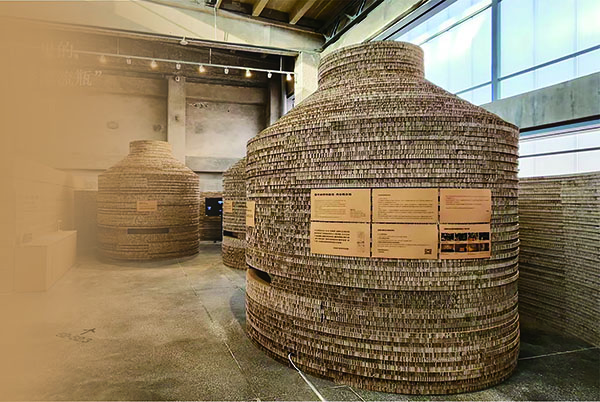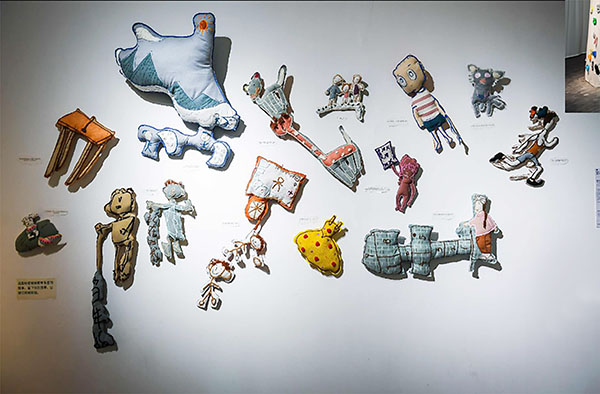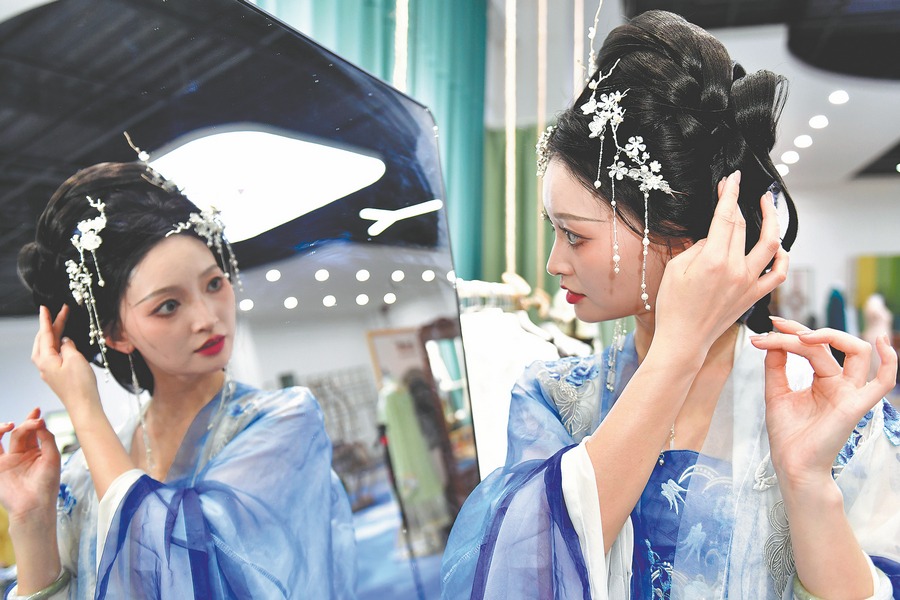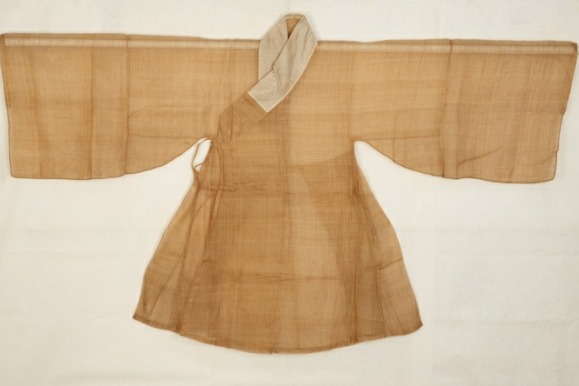From silence to support


From grassroots art projects to academic research and social enterprise, a new generation of educators is reshaping how China approaches sexuality education.
In a small white building on Yulin East Road in Chengdu, Sichuan province, rows of archives stand quietly. Yellowed kraft paper folders are neatly arranged, each one containing a childhood secret — some speak of the pain of being mocked as a "sissy" by classmates, others express self-doubt shaped by gender stereotypes, and some recount the fear of sexual assault by people they once trusted.
This is the Childhood Secrets Archive, the first permanent public space in China to use art to explore and promote what was initially called sex education — now more widely understood as comprehensive sexuality education (CSE).
Since its founding in 2019, the archive has received over 5,000 anonymous submissions, with about 20 to 30 percent involving traumatic experiences such as school bullying and sexual abuse.
The project began as an art initiative by Hu Yanzi, who was then teaching at the Sichuan Fine Arts Institute. As she prepared for an exhibition, Hu collected 1,284 childhood secrets.
"As we analyzed the stories, we saw that much of the bullying in schools stems from cognitive biases caused by a lack of sexuality education," she said, adding that many children are bullied simply for not fitting into "standard" gender roles.
One submission haunted her. It came from a 20-year-old woman who had attempted suicide after suffering childhood sexual abuse. Social workers intervened and saved her life. "If she had had a chance to share her story and read others like hers, she might not have felt so alone," Hu said.
That experience pushed Hu to transform the short-term exhibition into a lasting initiative.
In 2022, the archive officially established its presence on Yulin East Road. Hu is committed to running it as a nonprofit public institution, with support from the local community, which provides a free venue and helps raise basic operational funds through donations.
The archive has launched diverse activities focused on children's sexuality education, including exhibitions, forums, workshops, and film screenings.
Promoting sexuality education faced significant challenges. "Many people still see talking about sex as taboo. Some think it doesn't concern them, while others are influenced by misunderstandings or even stigmatizing beliefs," said Hu.

To break down these barriers, Hu and her team have adopted a variety of creative methods. They turned the stories of sexual assault survivors into fabric dolls that visitors can touch, allowing them to physically sense these "scars". They used augmented reality to create a virtual space where viewers can enter the context of these stories and experience similar situations. They also built a temporary exhibition space using three large paper "bottles", inviting children to write down and share their secrets inside.
"Stepping into each paper bottle feels warm, private, and soft — it gives children a sense of being safely held," Hu said.
The team also developed tailored sexuality education activities for different age groups. For children aged 3 to 6, they use picture books and theater to teach bodily autonomy. Children aged 7 to 10 explore themes of love and respect after watching Beauty and the Beast. Teenagers are encouraged to talk openly about the changes their bodies are going through.
But sexuality education doesn't stop at 18. As Hu explained, adults also need guidance — on developing healthy romantic relationships, recognizing gender stereotypes, and challenging discrimination.
"Sexuality education is something that lasts a lifetime," she said.




































